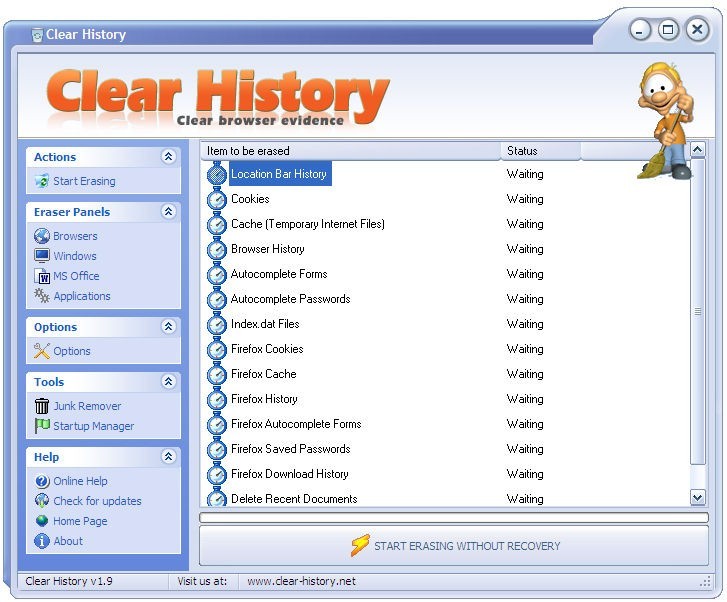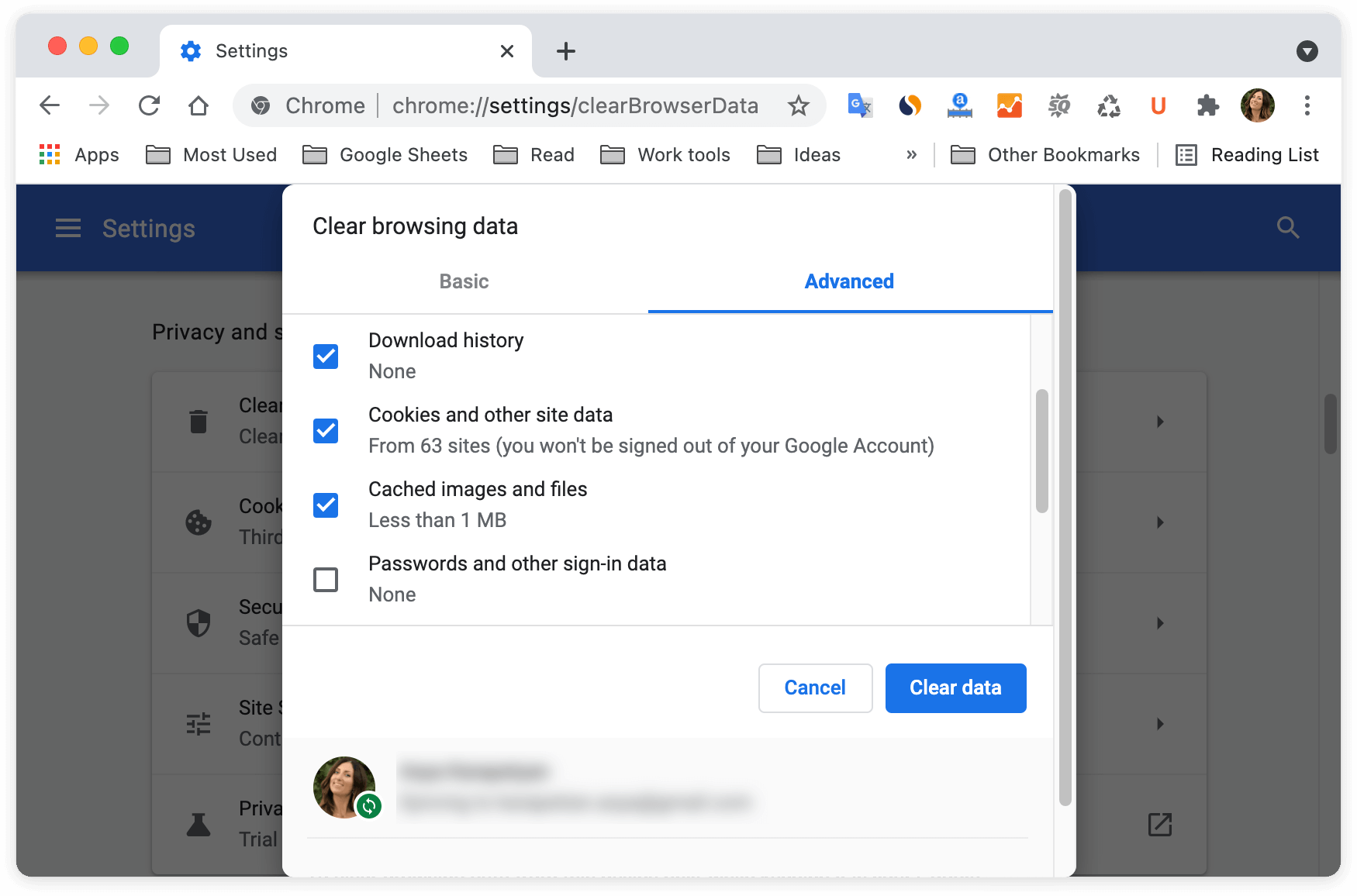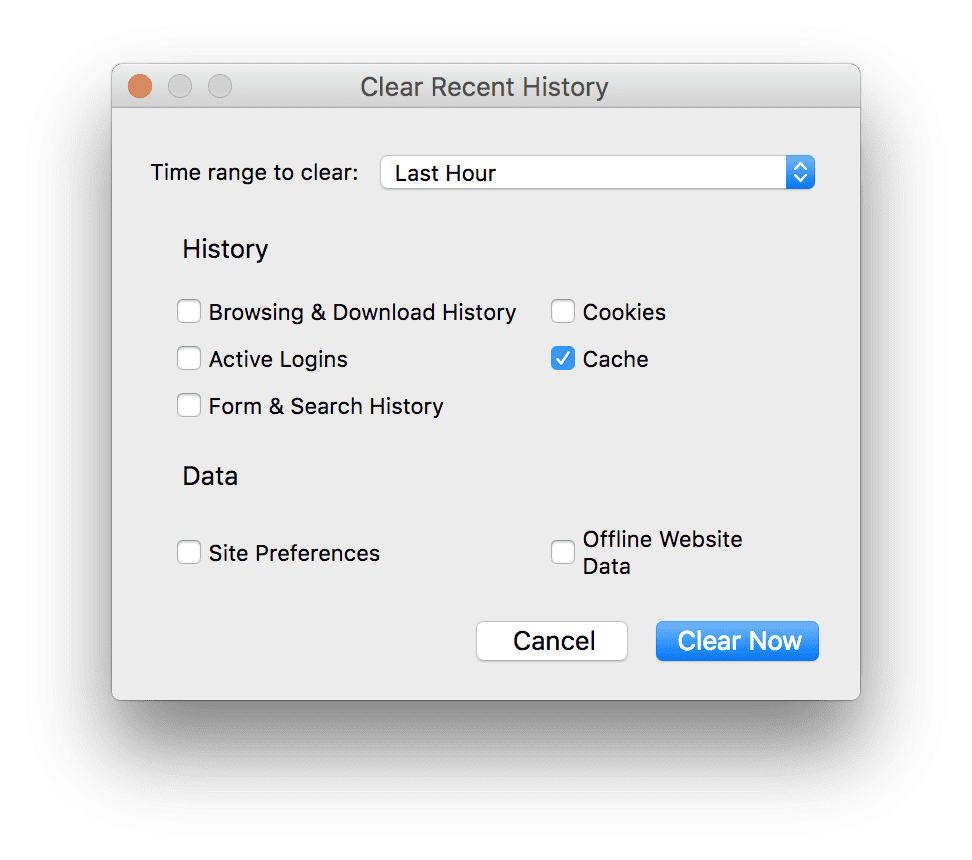
- HOW TO CLEAR MAC CACHE SECURELY 2018 HOW TO
- HOW TO CLEAR MAC CACHE SECURELY 2018 UPGRADE
- HOW TO CLEAR MAC CACHE SECURELY 2018 SOFTWARE
- HOW TO CLEAR MAC CACHE SECURELY 2018 FREE
So you can clean up Mac and remove those duplicate items completely. Moreover, this powerful program can help you find and delete all duplicate videos, documents, music and other files. Part 3: How Do You Permanently Delete Photos from iPhoto LibraryĪctually, you can run Apeaksoft Mac Cleaner to delete all duplicate photos.

Check this post if you want to delete downloads on iPhone. Step 5: Right click over “Trash” and choose "Empty Trash".Īs a result, you can delete iPhoto library pictures and regain Mac storage space easily. Step 3: Choose "iPhoto Library.library" file. Step 2: Head to "Finder" and click "Pictures" in its left panel. Step 1: Quit iPhoto and Photos app before the process. You can follow steps below to delete iPhoto library after moving to Photos safely. However, some people worry about the security of the current Photos app. There is no need to create a backup before deleting iPhoto library pictures. Part 2: Can I Delete the Migrated iPhoto LibraryĪfter you have migrated iPhoto pictures to Photos app, you can delete an old iPhoto library on Mac directly.
HOW TO CLEAR MAC CACHE SECURELY 2018 SOFTWARE
In this way, you could also use the third-party software to recover photos on Mac. Later, you need to empty the trash bin of your Mac computer as well. Step 5: Click "Empty Trash" and then choose "OK" to confirm the deletion in iPhoto. Step 4: Choose "Trash" in the left panel. Step 3: Select "Move to Trash" from its drop-down list. Step 2: Click "Photos" on the top tool bar. Step 1: Launch iPhoto app and choose your unwanted photos. What if people just want to empty iPhoto library? If you insist on using iPhoto instead of Photos app, then you can head to iPhoto app to delete all photos in iPhoto as well. Step 5: Empty the Trash to delete iPhoto Library after backup. Step 4: Select multiple pictures and right click to get "Move to Trash". Step 3: Right click and choose "Show Package Contents". Step 2: Highlight the items you want to delete. Step 1: Open "Finder" and search for your iPhoto library. For people who choose the first one, here are steps you can follow.
HOW TO CLEAR MAC CACHE SECURELY 2018 FREE
So if you want to free up more storage space, you need to empty iPhoto library or delete it directly.
HOW TO CLEAR MAC CACHE SECURELY 2018 UPGRADE
Just as mentioned above, once you upgrade your Mac from iPhoto to Photos, there will be a second photo library. Part 1: How Do I Clean Out My iPhoto Library

HOW TO CLEAR MAC CACHE SECURELY 2018 HOW TO
Can anybody show me how to delete iPhoto library after moving to external hard drive?" "The reason why I’m asking is because my Mac is running low on disk space, and I can free up 64GB of space on my hard drive by deleting the iPhoto library. How can I delete iPhoto library without damaging my Photos library?" However, I’m bothered by the wired and misleading sizes reported by Finder because of the old iPhoto library. I’m happy with Photos and do not plan to go back to iPhoto.

Type ssomanage –purgecache, where is the name of the affiliate application that you want to purge the cache for.-"I upgraded to Yosemite and migrated my iPhoto library to the new Photos app. The default installation directory is :\Program Files\Common Files\Enterprise Single Sign-On. To clear the cache using the command lineĬlick Start, click Run, type cmd, and then press ENTER.Īt the command prompt, go to the Enterprise Single Sign-On installation directory. In the results pane, right-click the affiliate application, and click Clear. In the scope pane of the ENTSSO MMC Snap-In, expand the Enterprise Single Sign-On node. To clear the cache using the MMC Snap-InĬlick Start, point to Programs, click Microsoft Enterprise Single Sign-On, and then click SSO Administration. Use the MMC Snap-In or the purgecache command to remove the contents of the credential cache (all the information that is associated with the affiliate application) for the specified application on all Single Sign-On (SSO) servers.


 0 kommentar(er)
0 kommentar(er)
